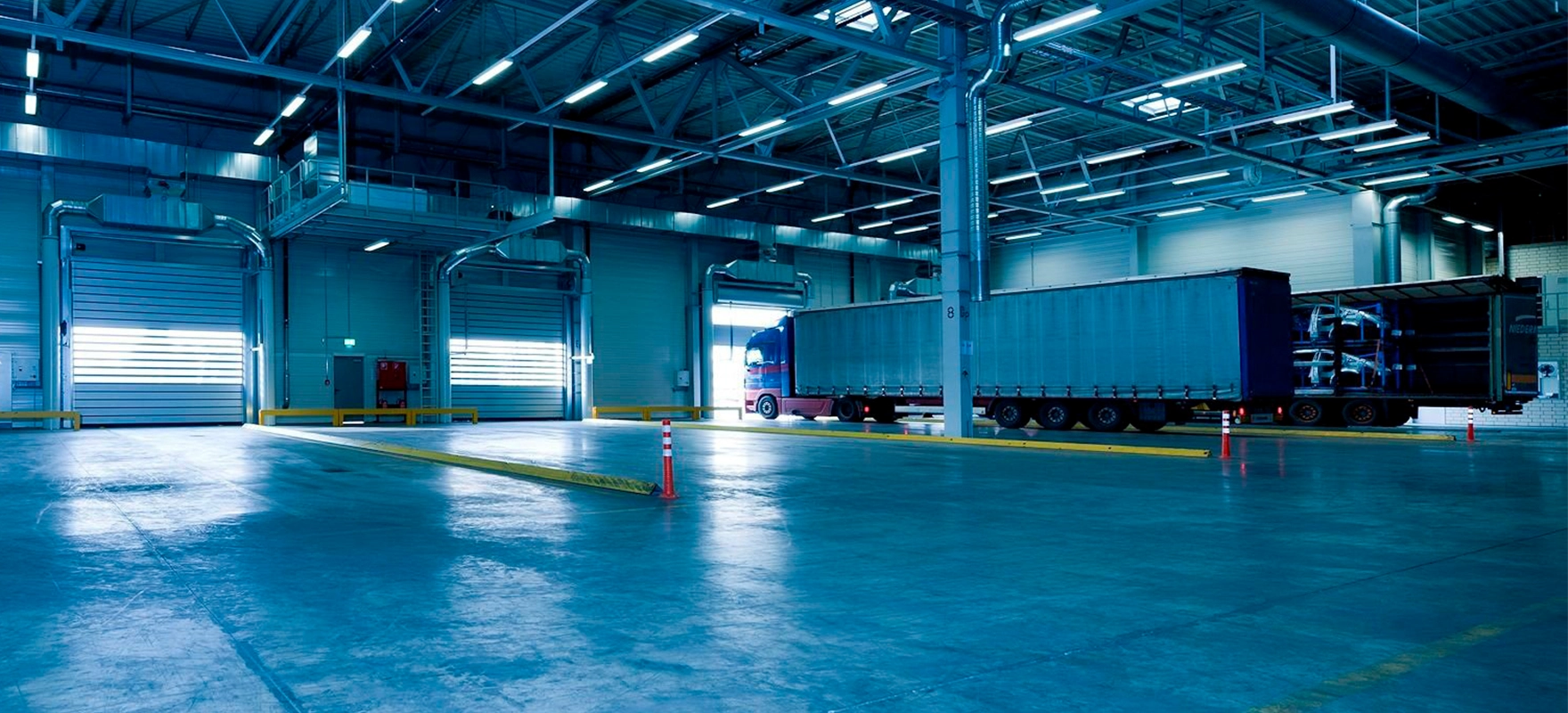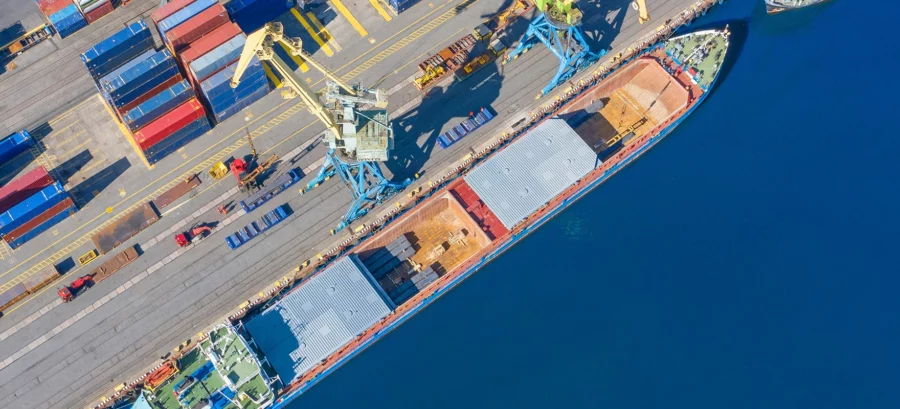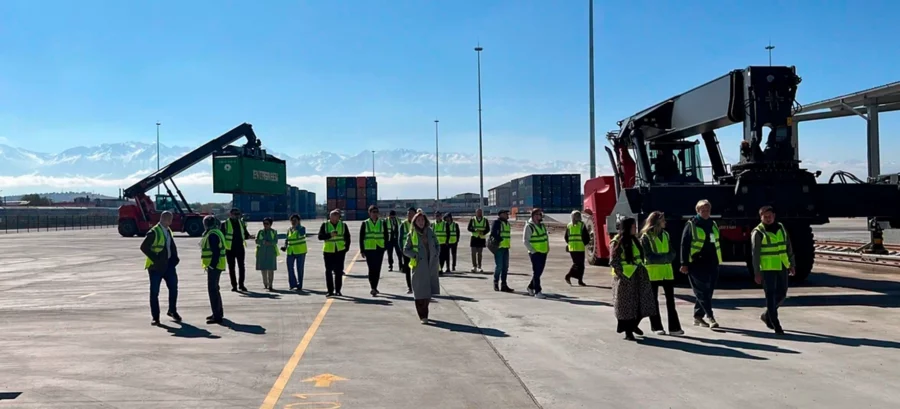Why Detention Costs Everyone?
Truck detention isn’t just a driver inconvenience. It impacts carriers through fuel burn, lost revenue, and scheduling chaos — and shippers/receivers through late deliveries, financial penalties, and eventual rate increases that ripple through the entire logistics chain.
These costs may appear in different forms:
- Direct costs (fuel, lost mileage, penalties)
- Indirect costs (higher tariffs, efficiency losses, damage to SLAs and relationships)
And in most cases, the root cause isn’t in the cab — it’s in the yard.
The Numbers Behind the Problem: ATRI’s 2024 Detention Study
In 2024, the American Transportation Research Institute (ATRI) released one of the most comprehensive studies to date on the impact of detention. It combined surveys from 587 drivers and 245 motor carriers with GPS analytics and federal freight data. Detention was defined as dwell time exceeding 2 hours — the common threshold for applying detention fees.
Highlights from the report:
- 39.3% of stops involved detention; 9.9% exceeded 2 hours
- Industry-wide, drivers lost 135.9 million hours in 2023
- Up to $11.5 billion in lost carrier revenue annually
- Only ~55% of invoiced detention fees are actually paid
- ~72.6 million gallons of diesel burned during detention → $286.1M in wasted fuel
- 57.8% of drivers missed/cancelled their next appointment due to detention
- Detained trucks drove 14.6% faster in the 24h before/after — increasing safety risk
What Makes Yard Detention So Persistent?
If you’ve ever managed a freight terminal or warehouse yard, you’ve likely seen these five pain points:
- Unscheduled arrivals and chaotic queues
When gate flow isn’t regulated, trucks back up, neighbors complain, and appointments get missed. - Docks waiting on stock — or stock waiting on docks
Without visibility into WMS readiness, dock assignments often rely on guesswork or radio calls. - No time stamps = no evidence
When there’s no clear data trail, detention claims devolve into finger-pointing. - Paperwork mismatches
One wrong document can stall a truck at the gate or hold up unloading — even when the slot is ready. - Everyone’s in the dark
When guards, dispatchers, drivers, and yard managers work in different systems (or none at all), decisions get delayed — or made blindly.
Solvo.YMS: Built to Handle Yard Chaos
Solvo.YMS tackles these exact issues head-on, replacing manual processes with system-driven orchestration:
Arrival control
- Gate scheduling & appointments
- License plate recognition at entry
- Queue management with entry blocking when capacity is full
Dock orchestration
- Dock assignment linked to WMS stock readiness
- Driver routing & dynamic reassignment
- Automated status updates
Full movement traceability
- Time-stamped checkpoints from arrival to exit
- Real-time visibility for both carriers and warehouse ops
- Data-driven proof for resolving disputes
Document control
- Required document checks at registration
- Mismatches trigger automatic holds and instant notifications
Integrated communication
- Push/SMS/email notifications to dispatchers, guards, and drivers
- Optional chat bot for real-time driver updates
Real-World Outcomes
Companies using Solvo.WMS report:
- 15–30% reduction in average detention time
- Higher truck throughput without expanding yard space
- Fewer claims and faster claim resolution
- Lower fuel and HOS impact through better planning
- Happier carriers → better rates, fewer missed appointments
Detention Is a Yard Problem — and a Yard Opportunity
If your logistics costs are climbing, if detention claims are piling up, or if trucks are constantly idling in your yard, it’s time to stop fighting symptoms — and address the source.
Solvo.YMS gives you the tools to manage every aspect of yard flow — from gates and documents to docks and dwell time — in one intelligent system.






